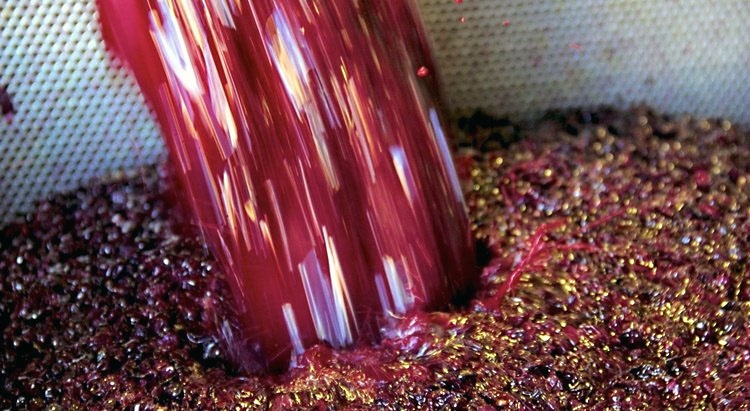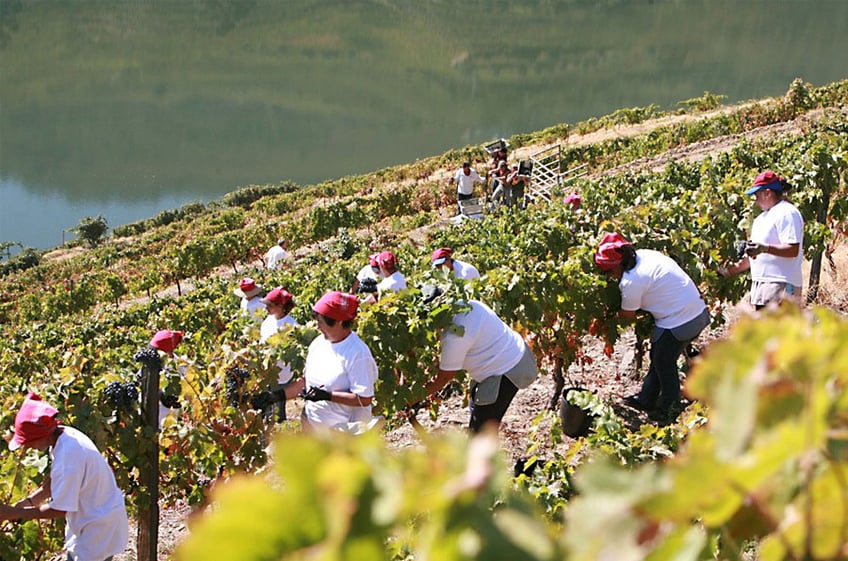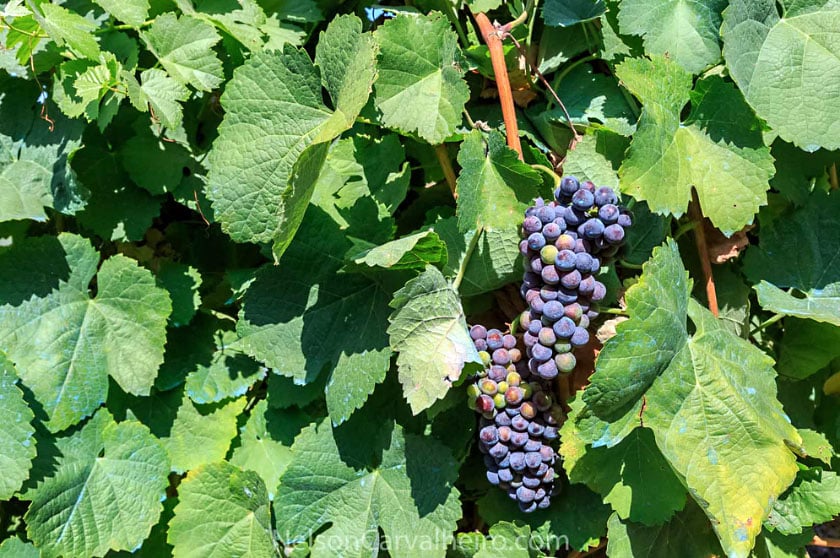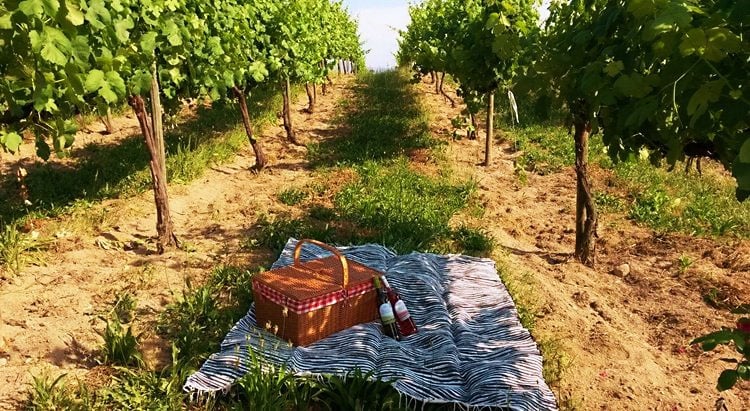
Most of the world knows only Port Wine when it comes to Portuguese wines. Fortunately, over the past few years, this has been changing.
Over the past few years, Portuguese wines quality has been recognized with several awards throughout the world. A good example of this are the 578 Portuguese wines awarded at the renowned Decanter World Wine Awards and also the 643 medals won at the 33rd International Wine Challenge edition. This recognition has been translating into exportation increases, reputation, and into wine tourism escalating numbers. The world is starting to realize that Portugal has much more to offer than just Port Wine.
There are many interesting facts about Portuguese wines but we selected 5 of the most interesting ones that every wine lover should be aware of.
1. Portugal is the 11th largest wine producer in the worlds
Despite its relatively small size, Portugal conquers an impressive 11th place among the largest wine producers in the world. To understand how impressive this is, Portugal size is around 92.212 km², Spain is 505.990 km² large, and Italy 301.338 km².
Portugal vineyards area is the 8th largest in the world, with 224 thousand hectares, and is the 9th biggest wine exporter.

2. Port Wine is produced only in one region
Port Wine was born and is exclusively produced in the Douro region, one of the 14 wine regions in Portugal. Douro is the oldest demarcated wine region in the world and was declared World Heritage by UNESCO in 2001. It offers unique and incomparable beauty and today is one of the most visited wine regions in the world. Besides Port, the region also produces other great Douro wines, such as Quinta do Crasto Douro Superior, Real Companhia Velha Douro Porca de Murça Red, among many others.

3. All Portuguese wines have an authenticity seal
If you pick up a bottle of Portuguese wine, you’ll see a seal that assures authenticity and quality for every wine within each demarcated region. Besides this seal, on the label you can find other useful information such as the name of the winery or wine estate (Adega or Quinta), the grapes varietal, the grapes region, the year the wine was made, and the quality classification – Vinho de Mesa: table wines; VR: regional wines; DOC: quality wine subject to strict regulations; CVR: wines produced in a specific region from which at least 85% of the grapes were used; VEQPRD: sparkling wine from a demarcated region.

4. Most Portugal’s grapes varietals are native
Unfortunately, many of the Portuguese grape varietals are still unknown to the world. Among hundreds of native grapes, the less unknown ones are Tinta Barroca, Rabigato, Touriga Nacional, Touriga Franca, Tinta Roriz, Baga, Alvarinho, and Maria Gomes. Many of these grapes directly descend from pre-historic vine plants that developed in the country and have endure thousands of years of human presence and climate changes. You can view the complete list of all the white grape varieties here, and the red grape varieties here.
Fortunately, the millennials generation is shifting the entire wine industry, they want authenticity and to experience new wines, so the grape names don’t mean the same to them as it did to their previous generation, thus giving the opportunity to many wines to be discovered.

5. Portuguese wine is much more than Port Wine
Port Wine is the main ambassador of the Portuguese wines, but there are a lot more wines produced in Portugal that the world needs to discover, and this is happening every day. The country produces great rose, white, rose, red, and sparkling wines.
One of the several Portuguese wines that is starting to be appreciated all around the world is Vinho verde, a white wine. It translates to green wine because it’s the name of the region where it is produced – Vinho Verde wine region – and also because it is a young wine since it is released 3-6 months after harvest. As most of the Portuguese wines, Vinho verde offers great value for money, as its prices are very reasonable.

As you can see, Portuguese wine has a lot to offer and we barely scratched the surface. They say the best way to know a wine is to visit its origin, so take a look at some of the wine experiences and tour suggestions you can enjoy in Portugal at our wine tourism booking portal.
By: Filipe Teixeira
(Grabbed from: http://blog.winetourismportugal.com/5-facts-about-portuguese-wine)

